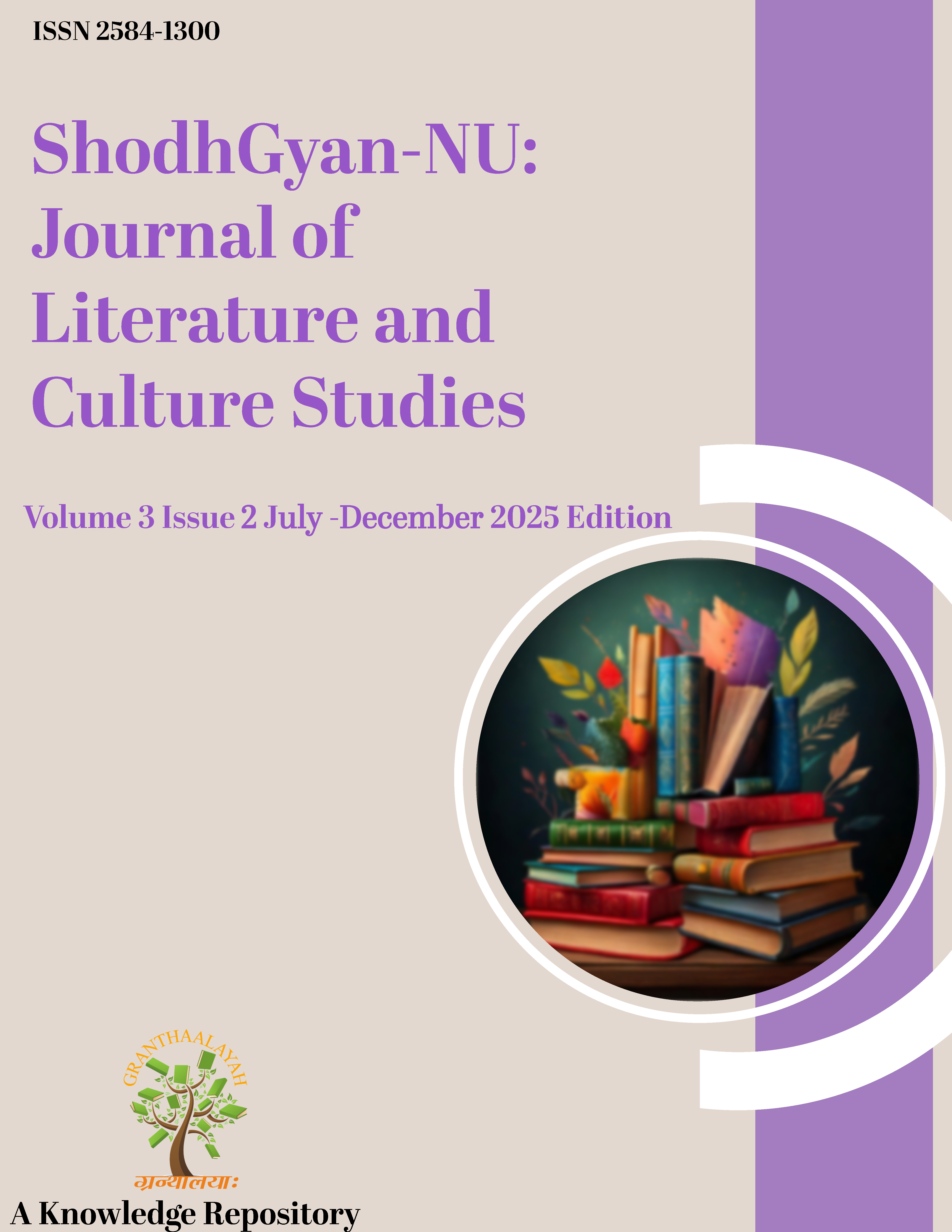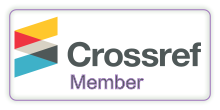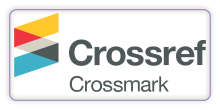TREATMENT OF MAN-WOMAN RELATIONSHIP IN PREETI SHENOY'S THE SECRET WISH LIST
DOI:
https://doi.org/10.29121/shodhgyan.v3.i2.2025.47Keywords:
Man-Woman Relationship, Gender Roles, Feminism, Self-Discovery, Societal Constraints, Emotional AwakeningAbstract [English]
This paper aims to study the treatment of man-woman relationships in Preeti Shenoy’s The Secret Wish List. The novel follows the journey of Diksha, a young woman trapped by traditional gender roles and societal expectations, who seeks to redefine her identity and pursue her dreams. At the outset, Diksha is confined to the conventional role of a wife and mother, where her aspirations are secondary to her familial duties. However, her relationship with her modern, independent friend Vibha acts as a catalyst for her emotional awakening. As Diksha confronts the emotional neglect in her marriage and realizes her unfulfilled desires, she begins her journey of self-discovery. This paper critically examines the evolution of Diksha’s man-woman relationship, focusing on how Shenoy challenges patriarchal norms and illustrates the shifting dynamics in contemporary relationships. In tracing the gradual change of Diksha (who was once a conventional wife) into an independent woman, the paper reveals the feministic principles of self-identity and assertion. The book displays both emotional and mental duress of gender disparity, and it champions female independence in relationships. By awakening Diksha, Shenoy tries to show the value of mutual respect, self gratification and self-individuality between a man and a woman in the contemporary society.
References
Astuti, R. D., & Kistanto, N. H. (2021). Women Oppression as a Result of Male-Dominated Culture as Represented in Shenoy's Novel The Secret Wish List. E3S Web of Conferences, 317. EDP Sciences. https://doi.org/10.1051/e3sconf/202131703005 DOI: https://doi.org/10.1051/e3sconf/202131703005
Collective World. (2022). This is what it Really Means to be a Modern-Day Woman.
Cooley, W. H. (1904). The New Womanhood. G.W. Dillingham Company.
Khadiri, N., Venkataraman, R., & Jaisre, V. (2021). Dynamics of individuation and self-realization in Preeti Shenoy's The Rule Breakers. International Journal of English Literature and Social Sciences (IJELS), 6(2), 287–292. https://doi.org/10.22161/ijels.62.42 DOI: https://doi.org/10.22161/ijels.62.42
Kollontai, A. (1918). The New Morality and the Working Class.
Mahajan, K. N., & Gahane, S. G. (n.d.). The Pursuit of Self-Fulfillment in Preeti Shenoy’s The Secret Wish List: A feminist perspective.
Mandal, P., & Kundu, M. S. (2023). Michael Foucault's notion of 'identity' and 'liberation': A study in Preeti Shenoy's The Rule Breakers. International Journal of Research Publication and Reviews, 4(3), 174–179.
Mandal, P., & Kundu, S. (2020). Family and Society Interface: A Postmodern Reading of Preeti Shenoy's The Rule Breakers. International Journal of English Literature and Social Sciences (IJELS), 5(3), 680–684. https://doi.org/10.22161/ijels.53.43
Nikam, M. (2024). A psychoanalytical Reading of Preeti Shenoy’s Select Novels. Integral Research, 1(10), 136–142.
Rathika, B. (n.d.). Man-woman relationship in Preeti Shenoy’s The Secret Wish List. American College Journal of English Language and Literature (ACJELL), 173.
Salon. (2013). The modern woman’s Definition of Success. http://www.salon.com/2013/09/11/
Shanthini, R. (n.d.). Post-feministic Aspect: A Quest of Self and Freedom in the Modern Era Through Preeti Shenoy’s The Secret Wish List. A One Day National Conference on A Research from Text to Tech: Bridging Digital Tools and Literary Insights.
Shenoy, P. (2012a). The Secret Wish List. Westland Limited.
Shenoy, P. (2012b). The secret wish list. Westland Publications.
Sinha, S. (2012). The Muslin Veil—Betwixt Appearance and Reality: The Face of the New Woman. In Changing Faces of New Woman in Indian writing in English (81–87). Adhyayan Publishers & Distributors.
Sivapriya, A., & Gnanaprakasam, V. (2023). The plight of Women in the Novels Life is What You Make It and The Secret Wish List by Preeti Shenoy. Journal of Namibian Studies, 36.
Published
How to Cite
Issue
Section
License
Copyright (c) 2025 Aparna Kashyap, Dr. Richa

This work is licensed under a Creative Commons Attribution 4.0 International License.
With the licence CC-BY, authors retain the copyright, allowing anyone to download, reuse, re-print, modify, distribute, and/or copy their contribution. The work must be properly attributed to its author.
It is not necessary to ask for further permission from the author or journal board.
This journal provides immediate open access to its content on the principle that making research freely available to the public supports a greater global exchange of knowledge.




























